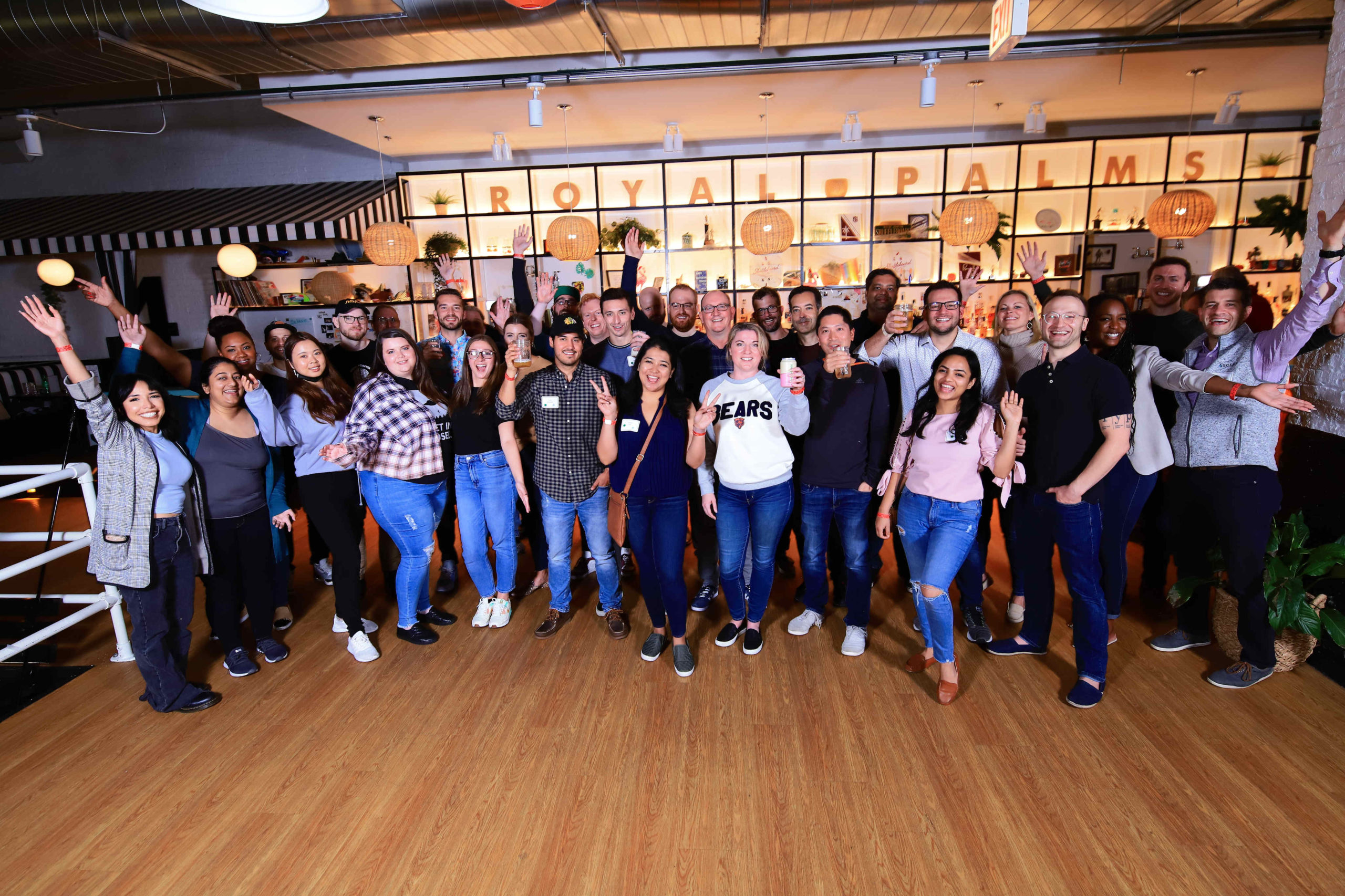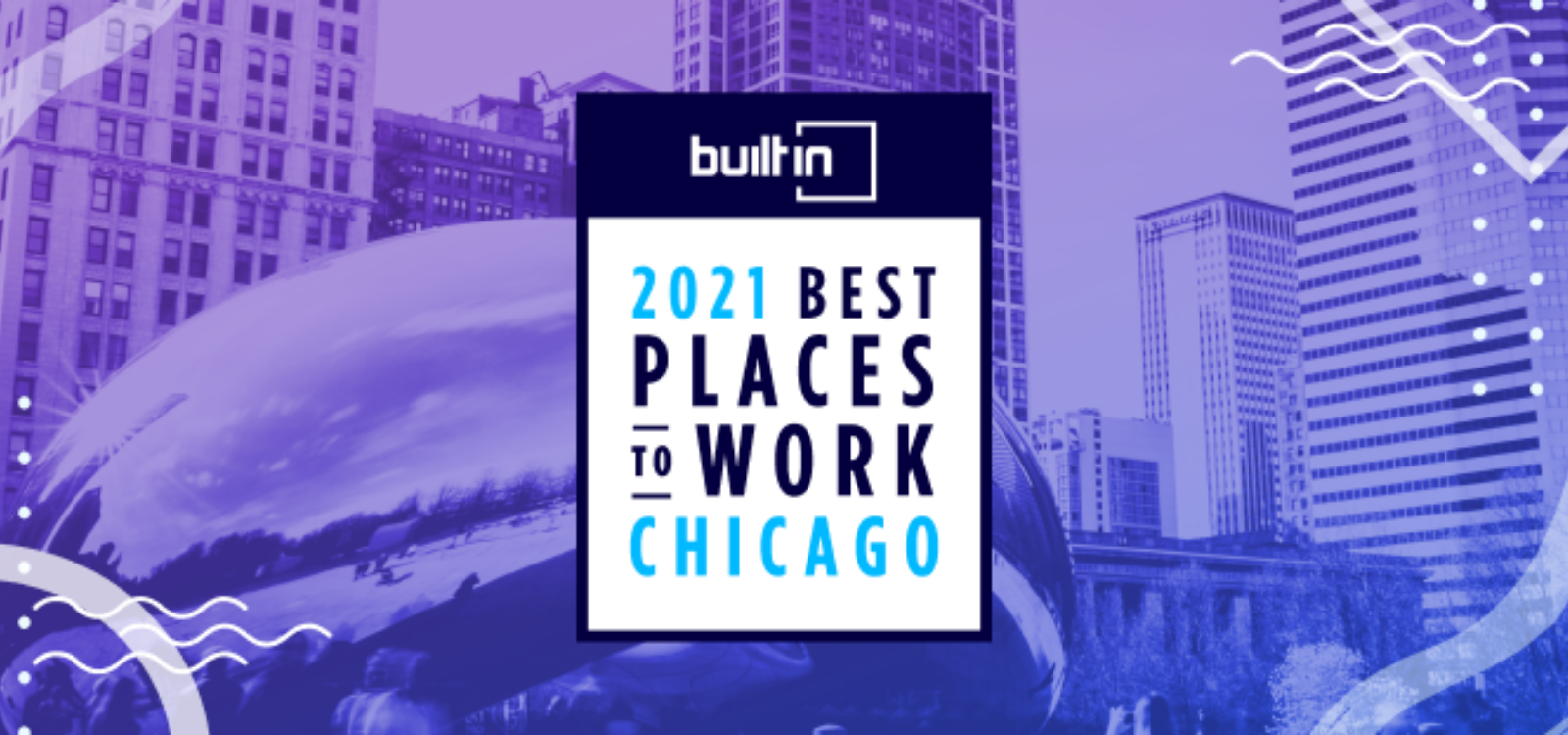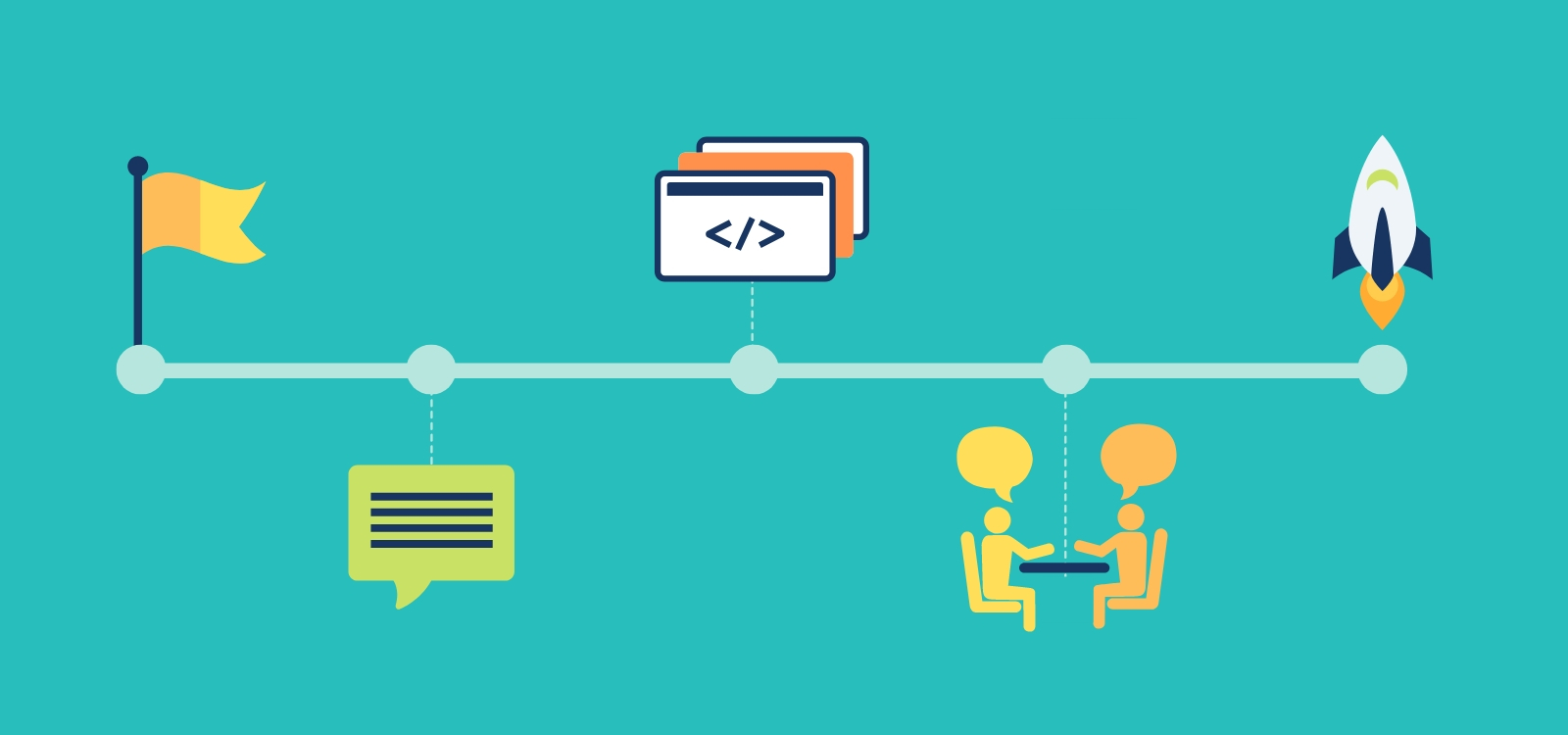(6 min read)
As the global health pandemic has swept across the country (and the world), business after business has locked up its office space and moved employees to working remotely — often under government mandate.
This transition happened much more quickly than most of us could have imagined. And while some companies might have been more prepared than others, virtually every company had to make some adjustments to accommodate this new reality.
We recently spoke with three team members at Ascent who were critical in getting our fully remote workforce up and running — Carrie Pinkham (VP People), Sarah Samuels Taylor (Chief of Staff), and Chris Doyle (Chief Technology Officer) — to better understand what challenges this new environment poses and to share advice on overcoming them.
You can watch the full conversation here or read the highlights (edited and condensed for clarity) below.
LEARN MORE: Ascent’s Open House: Socially Distant, Virtually Connected
What are some of the biggest challenges facing a company when setting up a fully remote workforce?
Sarah: In general, I’d say two of the biggest challenges are maintaining seamless communication and preserving team culture. These areas are especially important given the current environment because they both help establish a sense of normalcy — something very much missing at the moment. We’ve made them specific areas of focus for that very reason.
Carrie: I’d add too that, to Sarah’s point, the actual challenges of working remotely are exacerbated by the fact that we’re doing all of this during a global health crisis. That brings a lot of new questions to any company. How do we support our customers in this new environment? How do we support our team? For those of us who are parents, how do we balance childcare with our professional responsibilities? How do we manage the stress and concerns that come with a crisis like this?
As a company, that’s been one of the biggest challenges we’ve tried to take on — how can we make sure we’re supporting our employees as people during this crisis.
How has our team tried to address those challenges?
Sarah: Thankfully, we already had a few key tools in place which helped make our transition much smoother. We already relied primarily on Slack for internal communications and had Google Meet in place as a video conferencing tool (much like other companies might use MS Teams and/or Zoom). Our task then was to figure out the best way to use those tools in the new environment.
As the situation has evolved, our communication strategy did too. We started out with daily updates, and frequent opportunities for non-work connections, like virtual lunch-and-learns and happy hours. As it became clear that this crisis was going to be around for the near future, we adjusted that cadence. Right now, Brian Clark, our CEO and founder, provides company-wide updates three times a week. We’ve also created a handful of more long-term engagement opportunities, like Donut, an app that randomly pairs employees for get-to-know-you chats.
The lunch-and-learns in particular have been a great way to showcase internal talent and maintain culture. We started with one hosted by teammates that were already exclusively remote, so they could share their best practices and answer questions. Brian also led a session on our company mission and values — something both helpful for our new hires and a good reminder for folks who have been with us for awhile. We’ve also had more social opportunities, including a magic show, a virtual Quiplash (a group game where players ask and answer fun questions) session, and a college spirit day.
Are there benefits to a remote workforce?
Carrie: Again, it’s important to distinguish here between the benefits in a normal environment and our current one.
In a normal situation, there are a number of potential benefits for both individual employees and for the company. Employees can eliminate their commute and add hours back to their day. For some, depending on your home environment, working remotely can have fewer distractions than an office environment and be more conducive to deep work. And, of course, there’s also the general flexibility working from home can provide.
For companies, a remote workforce allows them to pick from a broader talent pool, rather than being limited to local candidates or those willing to relocate. Additionally, by having employees in different parts of the world, it can give your company coverage over more hours of the day.
Obviously, though, in our current climate some of those benefits are undercut. If you have small children at home, finding time for deep work is far from easy. But I do think one interesting benefit to come out is a renewed sense of community internally. We opened one of our virtual happy hours with asking people to tell us the worst job they’ve ever had and we had some really interesting, engaging conversations that probably wouldn’t have taken place otherwise.
What role does technology play in keeping a remote workforce connected?
Chris: Quite simply, you can’t have a remote workforce without tech. Here at Ascent, we rely on a handful of tools, including Google Meet, Slack, Miro (an online whiteboarding and collaboration tool), and Google Docs.
Another thing I think this crisis has really brought to the forefront is the importance of a stable internet connection. Being digitally connected is the fundamental aspect of collaboration right now. If you don’t have a stable connection, it cuts you out of the loop — whether that means you can’t access your work at all or you can’t fully interact with coworkers through tools like video chat.
But having the right tools is just a part of the equation. Just as important is how you use those tools. I think one of our strongest assets going into this was having a well established operating cadence. Having pre-existing status meetings, standups, and 1-on-1s helped prevent duplicating work and improved communication. Because that cadence was already set up — and because it was relying on digital tools, like Google Docs or Google Sheets and video conferencing like Google Meet — it helped create continued momentum as we shifted into a fully remote workforce.
Ascent’s technology is completely cloud based. What is that important — both for our customers and our employees?
Chris: Two of the biggest advantages are the flexibility and scalability it gives us. Leveraging cloud servers like AWS lets us serve companies around the world and frees us up to grow more quickly. Quite simply it allows us to keep our focus on what we are the best in the world at — building AI for regulatory compliance — without getting bogged down in logistical considerations that a cloud vendor is better equipped to manage.
Also, we’re seeing more and more of our customers moving to the cloud. Some are there already, some are still early in that journey, but cloud computing is so well established now that even many global banks are starting to make that transition. So creating cloud-based solutions helps us serve our customers better — either as they make those transitions now or for when they likely will in the future.
READ ARTICLE: “But Does RegTech Actually Work?” 3 Ways Financial Firms and RegTechs Can Bridge the Trust Gap
Modern challenges require modern tools. Interested in seeing how Ascent can help you identify your obligations and automatically keep them updated as rules change?
Contact Us
[pardot-form id=”227″ title=”Talk to Sales Form”]
















